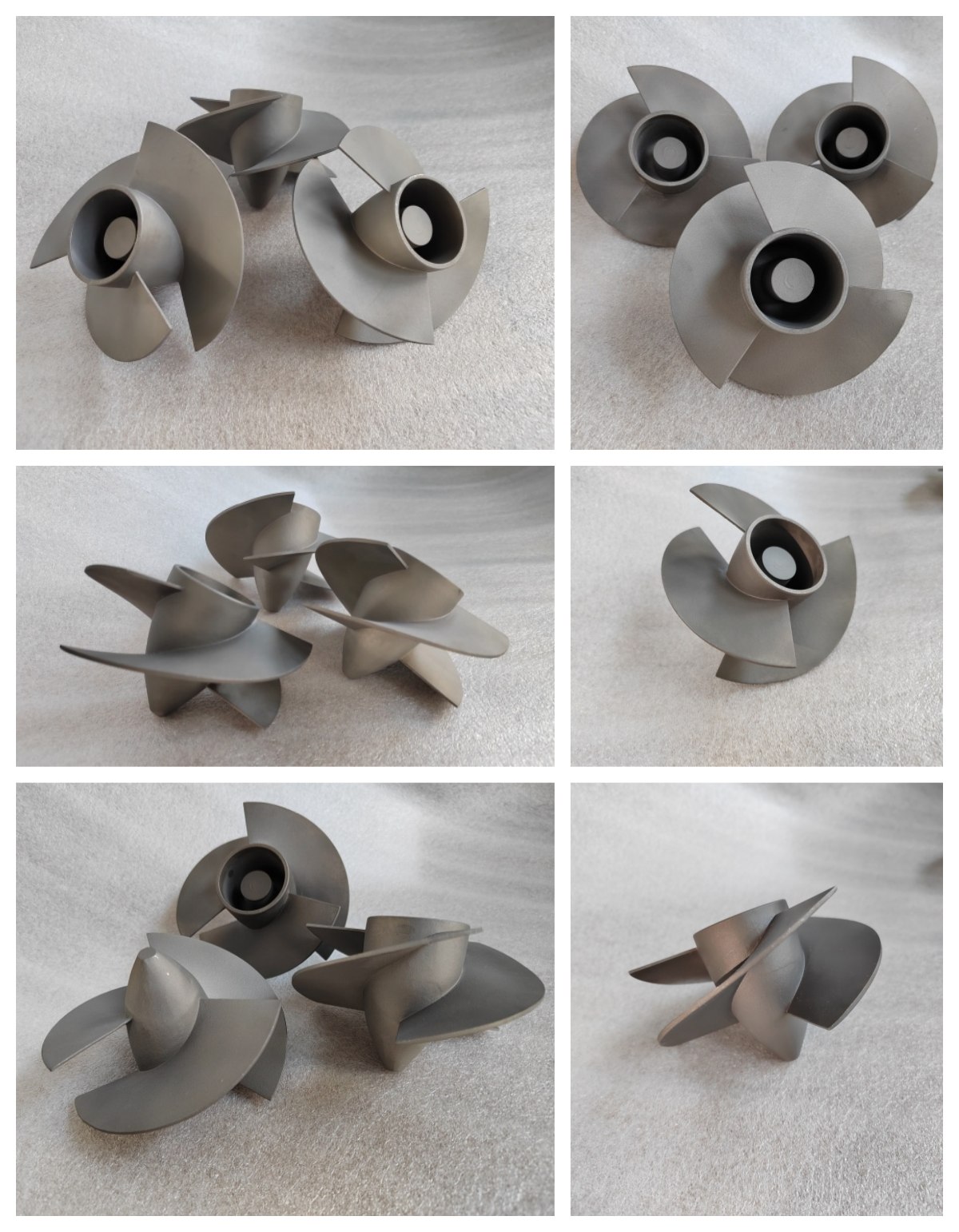

The Working Principle of Titanium Propeller Propulsion Systems
The working principle of titanium propeller propulsors revolves mainly around Newton's Third Law and fluid dynamics principles. When the titanium propeller rotates, its blades exert a thrust on the medium (such as water or air). According to Newton's Third Law, the medium applies an equal and opposite reaction force, thereby propelling the propulsor and the connected vehicle forward. During this process, the interaction between the blades and the medium depends on factors such as the propeller's rotational speed, blade shape, and medium properties, which exemplifies the principles of fluid dynamics.
The rotational power of the titanium propeller originates from the engine, which drives the propeller to rotate through an axle or gear transmission system. This power transmission method ensures that the power generated by the engine is effectively converted into the rotational power of the propeller. The blades of the propeller (which may be two or more) are connected to the hub, and the rear surface of each blade is shaped like a helix or approximates a helix. When the blades rotate in the fluid, they push against the fluid to generate thrust, propelling objects (such as airplanes or ships) forward.
The efficiency and performance of the propeller are influenced by various factors, including its diameter, blade angle, number of blades, and rotational speed. A larger diameter typically contributes to increased thrust and efficiency, while carefully designed blade angles can optimize thrust generation and minimize resistance.
